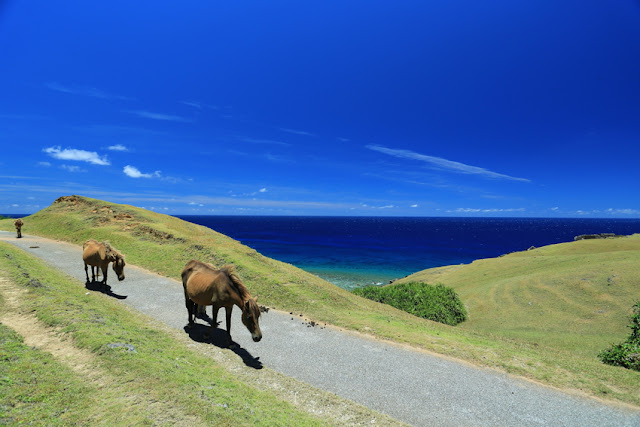Manila Cathedral
Formally known as the Kalakhang Katedral Basílika ng Maynilà, the Manila Cathedral is a Roman Catholic basilica dedicated to the Blessed Virgin Mary as Our Lady of the Immaculate Conception. It also serves as the See of the Archbishop of Manila. Originally established in 1571, the eighth and current rendition of the cathedral was completed in 1958. It was renovated and repaired for earthquake retrofitting and subsidence prevention in 2012, and re-opened to the public after a complete renovation in 2014.Our Lady of Mount Carmel Parish
Barasoain Church or Our Lady of Mount Carmel Parish in Malolos City, Bulacan is such a big part of Philippine history that it would be a shame not to visit it at least once in your lifetime. It was also dubbed the "Cradle of Democracy in the East" upon having been chosen as the site of the First Philippine Congress after the Spanish-American War.Mt. Carmel Shrine
Mt. Carmel is the type of church you remember from childhood-quiet, intimate, and somewhat kitschy. The statue of Mary cradling Jesus as a child is the most prominent feature of the church’s façade and inside, four more sculptures of the blessed Virgin Mother beckon you to offer prayer. It has been around since 1975, witnessing countless marriages under its high ceilings.Nuestra Señora de la Porteria Church
In the 1720s, Cagsawa, then a sitio of Albay, began to progress, but its 4,000 inhabitants still saw its location at the foot of Mayon Volcano as a threat to its livelihood. So they asked that their town and church be transferred to Daraga, a village farther south of Cagsawa. The structure atop a hill and overlooking the majestic Mayon was then consecrated in 1854 as Nuestra Señora de la Porteria Church. Now, Daraga Church is famous for its mixture of Renaissance Gothic and Mexican Baroque, according to historian Alicia M. L. Coseteng in her book Spanish Churches in the Philippines. It is the only surviving church in the country that has adapted the salomonica columns (the four spiral columns in its façade).Santuario Del Sto Cristo Church
Originally constructed sometime between 1602 and 1604, the structure was damaged by a fire, and was restored in 1641. Another fire consumed the church in 1763, but the parish persevered. The current sanctuary has been standing proud since 1774. May they never feel the urge to paint over its beautiful stone façade, which transitions to a marble altar inside. The church has a strange trapezoidal arch, but the wooden panels make it easy on the eyes.Miag-ao Church
Also known as the Santo Tomas de Villanueva Parish Church, Miag-ao Church was also called the Miag-ao Fortress Church as its two uneven bell towers served as a tactical location for the town’s defense against Muslim raids. It is one of the Baroque Churches of the Philippines declared by UNESCO as a World Heritage Site, and contains the limestone image of the Birhen ng Barangay, traditional Filipino clothing recovered from the 1982 excavations, and the original late 1790s images of Saint Thomas of Villanova.Church of the Angry Christ
St. Joseph the Worker Church was later known as Church of the Angry Christ because of its famous (and controversial) mural titled “The Last Judgment” by Filipino-American artist Alfonso Ossorio. There are also mosaics all over the structure, from its façade to the walls by the entrance, made by Belgian artist Ade de Bethune. The church itself was designed by Czech architect Antonín Raymond, who employed a modern design when it was built in 1949.Read more: Great things to discover in Manila
Source Internet



















